Do you have a question about the MSI MAG Z390 TOMAHAWK and is the answer not in the manual?
Lists essential tools and components needed for computer assembly.
Step-by-step guide for installing the Windows 10 operating system.
Details how to install essential hardware drivers from the provided disc or website.
Explains the process of installing additional system utilities for enhanced functionality.
Explains the interface for customizing LED effects like color, speed, and brightness.
Describes the methods to access the BIOS menu during system startup.
Details the status and speed indicators for the LAN ports.
Explains how audio ports are mapped to different audio channels.
Step-by-step instructions for installing an M.2 storage device.
Instructions for installing and using the M.2 Shield Frozr for heat dissipation.
Describes the header for connecting front panel audio jacks.
Explains the pinout for USB 3.1 Gen1 internal headers.
Explains the pinout for USB 2.0 internal headers.
Guides on changing fan control modes (PWM/DC) and adjusting speeds via BIOS.
Provides pinout details for PWM and DC fan connectors.
Details the chassis intrusion connector and its detection/warning features.
Explains the location and function of the jumper used to reset BIOS settings.
Step-by-step guide to clear CMOS and restore default BIOS settings.
Explains the diagnostic LEDs for CPU, DRAM, VGA, and Boot status.
Indicates the LEDs that show the status of installed memory modules.
Describes the methods to access the BIOS menu during system startup.
Explains how to restore BIOS settings to their default values.
Provides instructions for updating the motherboard's BIOS firmware.
Overview of the simplified BIOS interface for basic system information and settings.
Details the comprehensive BIOS interface for advanced system configuration.
Guides users through the 'SETTINGS' section of the BIOS for system configuration.
Covers settings for CPU and memory overclocking, including explore modes and ratio adjustments.
Instructions for updating the BIOS using the M-FLASH utility via a USB drive.
Details how to save, load, and manage overclocking profiles.
Explains how to monitor system temperatures, voltages, and fan speeds.
Steps to enable the RAID functionality in the BIOS and operating system.
Step-by-step process for creating a new RAID volume with selected disks.
Instructions on how to delete existing RAID volumes, with a warning about data loss.
Guide to remove RAID structures and revert disks to their original non-RAID state.
Procedure to rebuild a degraded RAID array after a drive failure or disconnection.
Details on installing RAID drivers during OS installation and the RAID software.
Lists the necessary hardware and software prerequisites for Intel Optane memory.
Step-by-step guide to install Intel Optane memory modules and enable them.
Instructions on how to disable and remove Intel Optane memory to avoid OS damage.
| Processor socket | LGA 1151 (Socket H4) |
|---|---|
| Processor manufacturer | Intel |
| Compatible processor series | Intel Celeron, Intel Core i3, Intel Core i5, Intel Core i7, Intel Core i9, Intel Pentium |
| Maximum number of SMP processors | 1 |
| Audio chip | Realtek ALC892 |
| Component for | PC |
| Motherboard chipset | Intel Z390 |
| PC health monitoring | CPU, FAN, Temperature |
| Audio output channels | 7.1 channels |
| Motherboard form factor | ATX |
| Number of mounting holes | 9 |
| Windows operating systems supported | Windows 10 Education x64, Windows 10 Enterprise x64, Windows 10 Home x64, Windows 10 Pro x64 |
| Memory channels | Dual-channel |
| Memory slots type | DIMM |
| Unbuffered memory | Yes |
| Number of memory slots | 4 |
| Supported memory types | DDR4-SDRAM |
| Maximum internal memory | 64 GB |
| Supported memory clock speeds | 2133, 2400, 2666, 2800, 3000, 3200, 3300, 3333, 3400, 3466, 3600, 3733, 3866, 4000, 4133, 4200, 4266, 4300, 4400 MHz |
| PCI Express x1 (Gen 3.x) slots | 2 |
| PCI Express x16 (Gen 3.x) slots | 3 |
| Maximum resolution | 4096 x 2304 pixels |
| Parallel processing technology support | 2-Way CrossFireX |
| Number of SATA II connectors | 0 |
| Number of SATA III connectors | 6 |
| RAID levels | 0, 1, 5, 10 |
| Supported storage drive interfaces | M.2, SATA III |
| Wi-Fi | No |
| LAN controller | Intel I211-AT, Intel I219V |
| Ethernet interface type | Gigabit Ethernet |
| USB 2.0 ports quantity | USB 2.0 ports have a data transmission speed of 480 Mbps, and are backwards compatible with USB 1.1 ports. You can connect all kinds of peripheral devices to them. |
| Cables included | SATA |
| BIOS type | UEFI AMI |
| ACPI version | 6.1 |
| BIOS memory size | 128 Mbit |
| System Management BIOS (SMBIOS) version | 2.8 |
| Depth | 304 mm |
|---|---|
| Width | 243 mm |
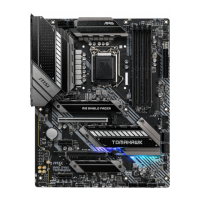
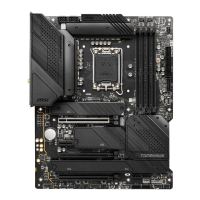
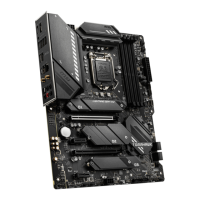
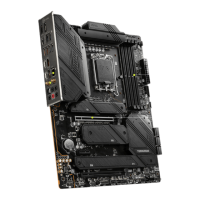
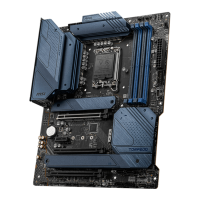
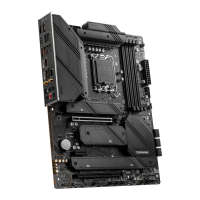
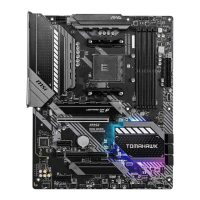
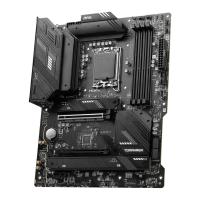
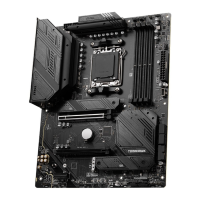
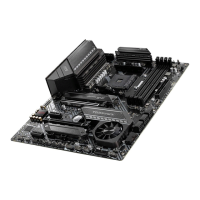
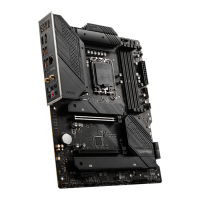
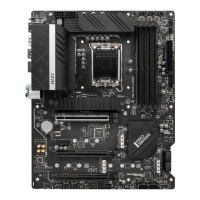
